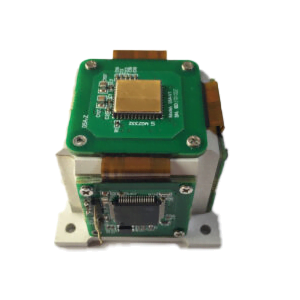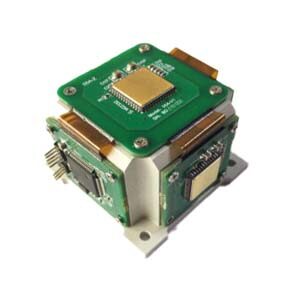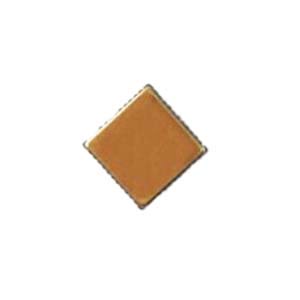The emergence of IMU technology makes up for the lack of GPS positioning, and the two complement each other, allowing autonomous vehicles to obtain the most accurate positioning information.
The full name of IMU is inertial measurement unit, which is composed of three single-axis accelerometers and three single-axis gyroscopes. Relative to the angular velocity signal of the navigation coordinate system, after processing these signals, the attitude of the object can be calculated.
It is worth noting that the IMU provides a relative positioning information, its function is to measure the route relative to the starting point object, so it does not provide information about your specific location, so it is often used with GPS. , When the GPS signal is weak in some places, the IMU can play its role, allowing the car to continue to obtain the absolute position information, so as not to "get lost".
In fact, don't look at the IMU technology that looks relatively unfamiliar. In fact, the mobile phones we use every day, the cars, airplanes, and even missiles and spaceships that we use when we travel all use IMU. The difference lies in cost and accuracy.
According to different usage scenarios, there are different requirements for the accuracy of the IMU. High accuracy also means high cost.
The accuracy, price and usage scenarios of IMU are divided into the following categories:
Low-precision IMU: Used in ordinary consumer electronic products, this low-precision IMU is very cheap, and is widely used in mobile phones and sports watches, and is often used to record the number of walking steps.By analyzing the data of IMU, the user's movement parameters such as the number of steps, distance and speed can be calculated to provide users with scientific exercise guidance and health management.
Medium-precision IMU: used in unmanned driving, the price ranges from a few hundred yuan to tens of thousands of yuan, depending on the positioning accuracy requirements of the driverless car. IMU is widely used in the field of unmanned driving. The vehicle's attitude stability and control are inseparable from the support of IMU. IMU can monitor the attitude and angular speed of the car in real time, and transmit the data to the vehicle system, so as to achieve stable driving and accurate control of the car. In addition, IMU can also be used for the navigation and positioning of UAVs, providing accurate flight trajectory and target tracking.
High-precision IMU: applied to missiles or space shuttles. Take the missile as an example, from the launch of the missile to the target, the aerospace-grade IMU can achieve extremely high-precision calculations, and the error can even be less than one meter. IMU plays an important role in the aerospace industry. It can be used for navigation and attitude control of aircraft. By recording the acceleration and angular velocity of the aircraft, the IMU can monitor and adjust the attitude of the aircraft in real time. In space probes, IMU is also widely used in attitude control and navigation systems to ensure the accurate landing point and flight trajectory of the probe.
In addition to the characteristics of accuracy and cost, IMU has two very key characteristics. The first is high update frequency, and the operating frequency can reach more than 100Hz; the second is high calculation accuracy in a short period of time without too much error. .
In order to make the IMU obtain higher accuracy, many manufacturers will add magnetometers on the basis of three accelerometers and three gyroscopes. In order to improve reliability, some will increase the number of sensors.
ERICCO's IMU modules are mainly used in products such as drones and autonomous driving. ERICCO integrates two 3-axis MEMS sensors into one package, the combination of accelerometer and gyroscope in the IMU can meet the needs of medium and high precision applications.
mems sensor for sale
buy MEMS Accelerometer
MEMS IMU
q-flex accelerometer
IMU Factory
FOG IMU Provider
More Technical Questions
3.Internal Structure Analysis of IMU
4.Difference between AHRS and IMU
5.The Theory of AHRS & Difference Between AHRS and IMU
6.Differences between IMU, AHRS, VRU and INS
Products in Article







